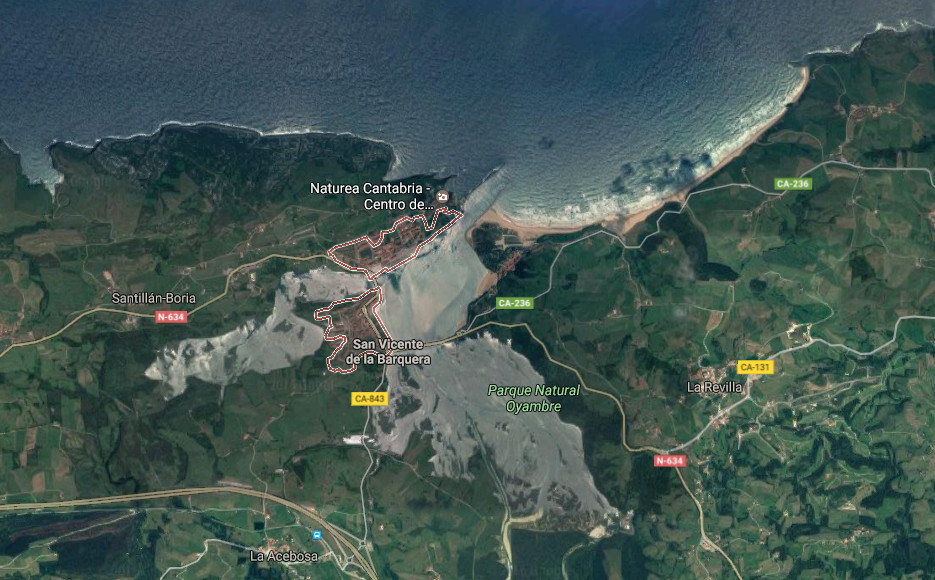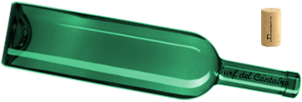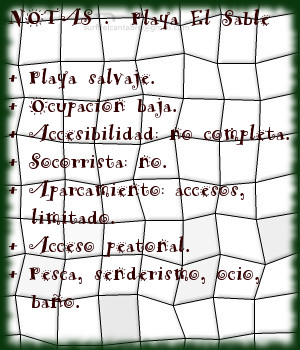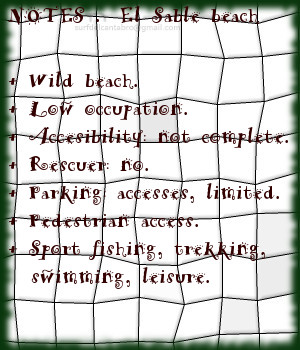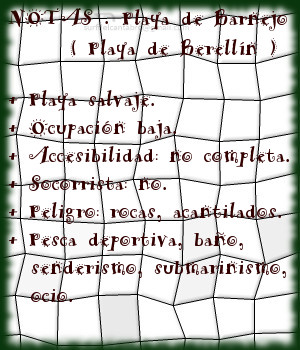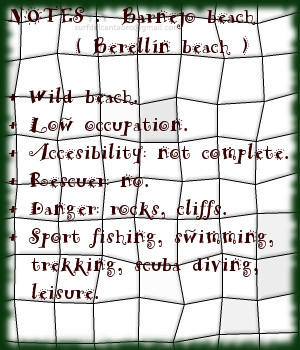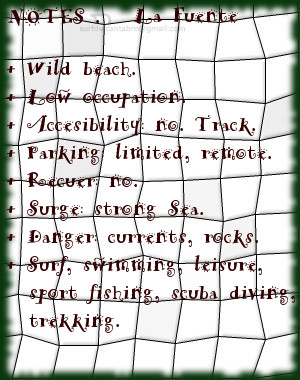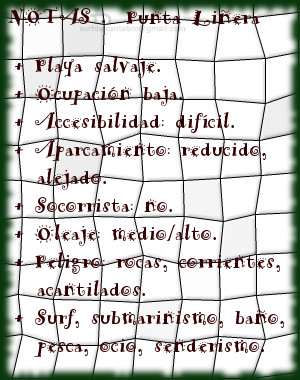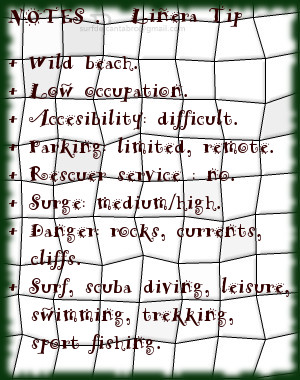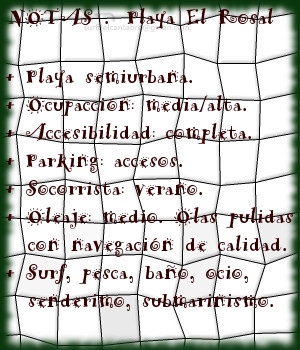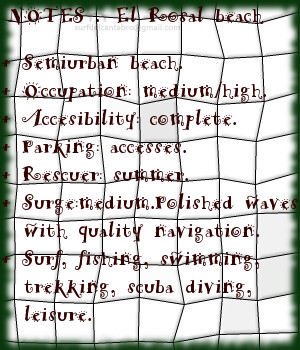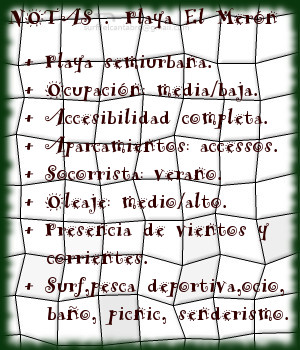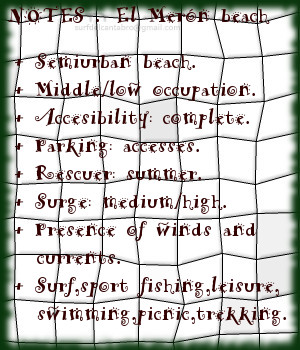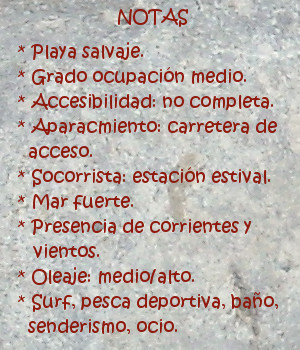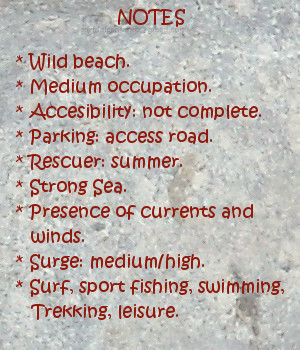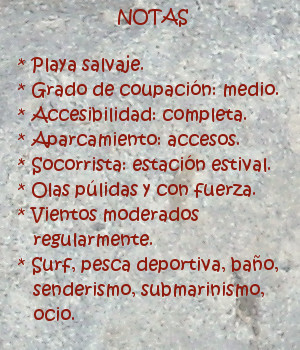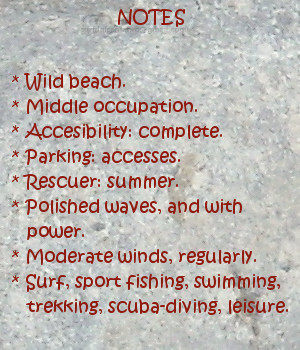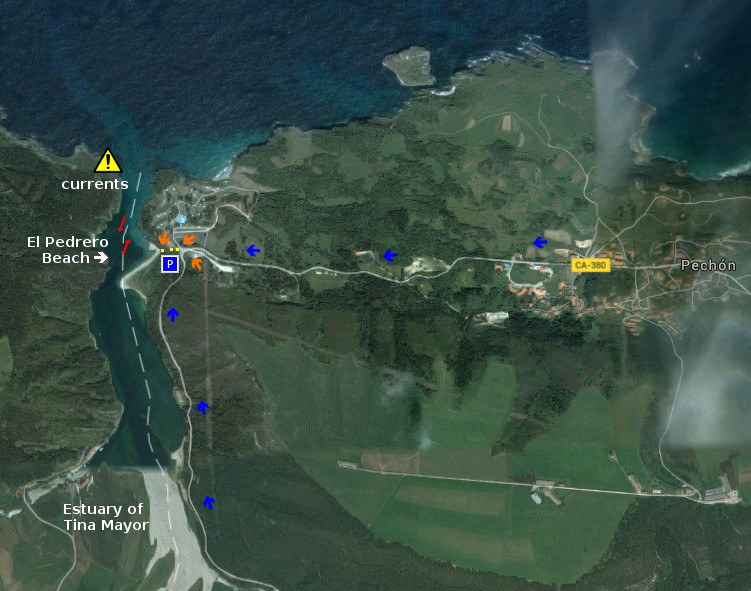San Vicente de la Barquera, villa
![]() San Vicente de la Barquera es una localidad emplazada en la costa occidental de Cantabria. Esta villa marinera añade la localización a sus atractivos, pues su proximidad a Asturias la convierten en un lugar de paso y parada obligada.
San Vicente de la Barquera es una localidad emplazada en la costa occidental de Cantabria. Esta villa marinera añade la localización a sus atractivos, pues su proximidad a Asturias la convierten en un lugar de paso y parada obligada.
La historia de la villa hunde sus raíces en la Edad del Bronce, con restos encontrados en el yacimiento megalítico de El Barcenal. La época romana designo al lugar como Portus Veresasueca, según estudios recientes. Es en la Edad Media cuando se produce el desarrollo de la población, EL Castillo del Rey del siglo VIII marca el punto de partida. Otros ejemplos de su patrimonio, jalonado a través de los siglos, son: La Iglesia de Santa María de los Ángeles construcción representativa de la arquitectura gótica de Cantabria, La Puebla vieja y La Torre del Preboste, …
La línea de costa que posee la zona es de gran riqueza y variedad. La parte oeste esta dominada por acantilados, calas y playas: la Ensenada de Fuentes, la Ensenada de Liñera, Punta Cueto María o Punta de la Silla son algunos ejemplos. El Estuario de San Vicente contenido en el Parque Natural de Oyambre, y comunicado con este por el Puente de la Maza, sucede al puerto pesquero. El entorno propicia la riqueza ornitológica existente. Al Este, un extenso arenal recorre la costa. Atravesando la playas de La Maza, Totadero, El Merón y Gerra. Enmacardas entre colinas y rocas el Mar Cantábrico presenta un color azul cristalino de tonalidad onírica que aderezan las olas que bañan la orilla en cada punto.
![]() San Vicente de la Barquera is a locality located in the western coast of Cantabria. This seaworthy villa adds the location to its attractives, since its proximity to Asturias turn it into a transient area and vital stop.
San Vicente de la Barquera is a locality located in the western coast of Cantabria. This seaworthy villa adds the location to its attractives, since its proximity to Asturias turn it into a transient area and vital stop.
The history of the villa sinks its roots in the Age of the Bronze, with remains found in the megalithic deposit of The Barcenal. The Roman epoch designate to the place as Portus Veresasueca, according to recent studies. It is in the Medieval Ages when the development of the population takes place, The Castle of the King of the 8th century marks the point of item. Other examples of its heritage, marked across the centuries, are: The Church of Santa Maria of the Angels representative construction of the Gothic architecture of Cantabria, Puebla vieja and The Tower of the Preboste, …
The line of coast that possesses the zone is of great wealth and variety. The West part is dominated by cliffs, coves and beaches: the Inlet of Fuentes, Liñera’s Inlet, Tip Cueto Maria or Tip of the Silla are some examples. The Estuary of San Vicente contained in Oyambre’s Nature reserve, and communicates with this one for the Bridge of the Maza, take place after the fishing port. The environment propitiates the ornithological existing wealth. In the Eastern part, an extensive sandbank crosses the coast. Crossing the beaches of The Maza, Totadero, The Merón and Gerra. Framed between hills and rocks the Cantabrian Sea presents a blue crystalline color of oneiric tonality, that season the waves that bathe the shore in every point.
![]()
 San Vicente de la Barquera, village
San Vicente de la Barquera, village
